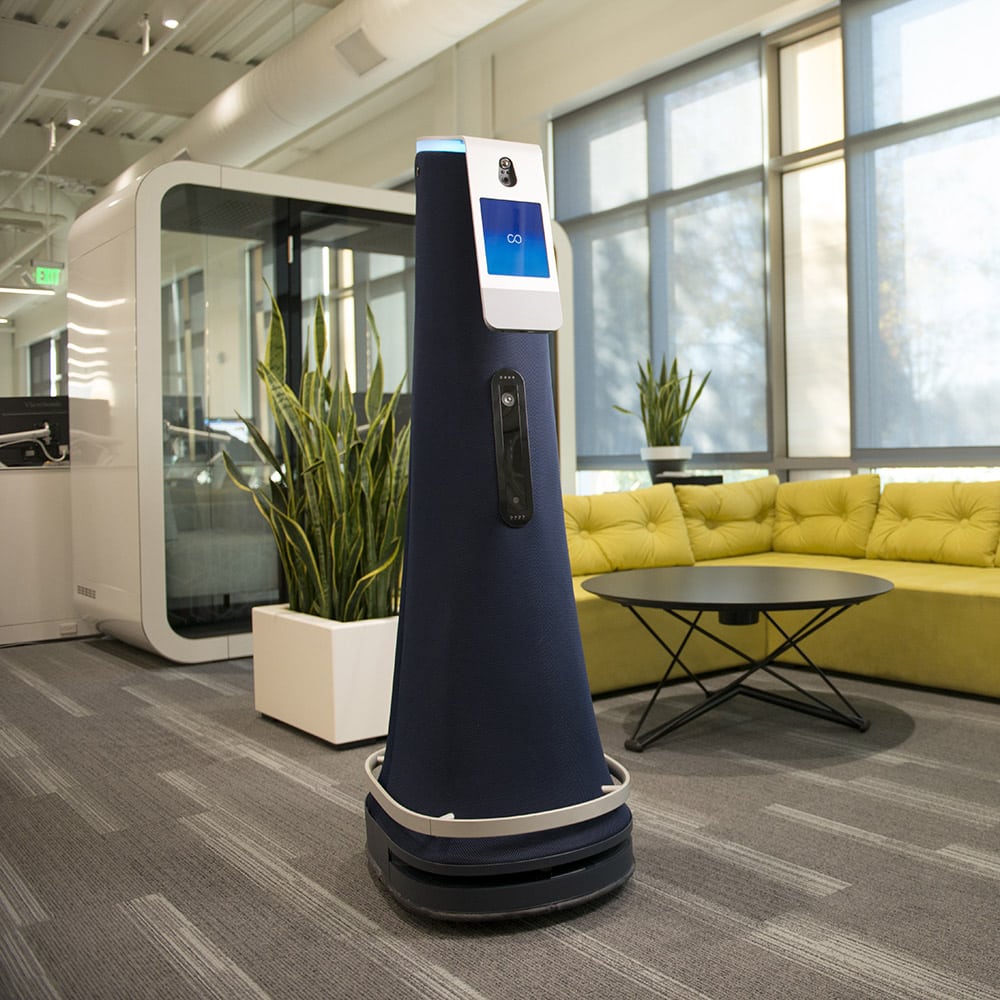Collision Conference has been called North America’s fastest-growing tech conference, and each Spring it brings together the top people and companies redefining the global tech industry. This year, journalists like Kara Swisher, politicians like Justin Trudeau and celebrities like Seth Rogen spoke at the conference to share their big ideas, expert insight and unique views on the biggest trends impacting society today.
At the annual conference in Toronto this year, Cobalt’s own CEO Travis Deyle took the stage to tackle the state of robotics today. He sat down with Paul Michelman, Editor in Chief of MIT Sloan Management Review to discuss the origins of Cobalt, the need for security robots and some of the opportunities for robotics companies today.
It’s not about the future. Robots are here today.
Robots first entered our homes in the form of dishwashers and vacuum cleaners—nearly 50 years ago. But often, even as most of us are familiar with today’s most popular robots like Pepper and MIT’s creations, robots are still widely considered a future technology
Yet, Travis asserts, thanks to the Roomba vacuum cleaner or even lane assist in your car, you’re already interacting with robots frequently every day. And as robots in the service industries—cleaning, delivery, manufacturing and even farming—show great success in their applications, we will be living and working alongside many more robots in our day to day lives.
“Robots are computers that can reach out and touch the world.”
Hollywood’s Version of Robots
Popular Hollywood films such as Robocop and Terminator have portrayed robots negatively—as malicious, intelligent beings designed to wreak havoc or control humans. This means today’s robotics companies have some big cultural misconceptions to overcome as the develop their solutions. They need to show how robots can be helpful and beneficial, not harmful.
In his session with Paul, Travis asserted that one of the best ways to accelerate robot adoption and ease the integration of robots in our daily lives is by getting out into the world where robots exist and interacting with them—touching them, working with them and asking questions. Once we learn why a robot is there and what they’re meant to help with, we can better work and live side by side with them. This helps quell any uncertainty around robots and highlight just how useful they can be.
Robots Keeping You Safe
Maslow’s Hierarchy of Needs defines safety and security as the next most important needs after physiological needs have been met. Today’s businesses have an obligation to keep their employees safe and their property and assets protected, and thus invest in physical security in the form of security guards, access control and camera systems.
Security robots like Cobalt’s are a new tool for security programs to help offices and facilities keep their employees safe and protected. As the robots patrol their environment using AI to monitor and detect anomalies, they can respond to incidents with greater efficiency and efficacy.
At the same time, employees working in spaces where Cobalt’s robots are deployed can learn about the robot, how it works to keep them safe and how robots can be helpful in society. People can go up to the robot, touch it and even video chat with one of Cobalt’s security specialists. The result is a robot seamlessly integrated into the work environment and a better understanding of how robots can benefit us today.
“It’s time to get robots out of the lab and into real, human spaces, working in and around people.”
